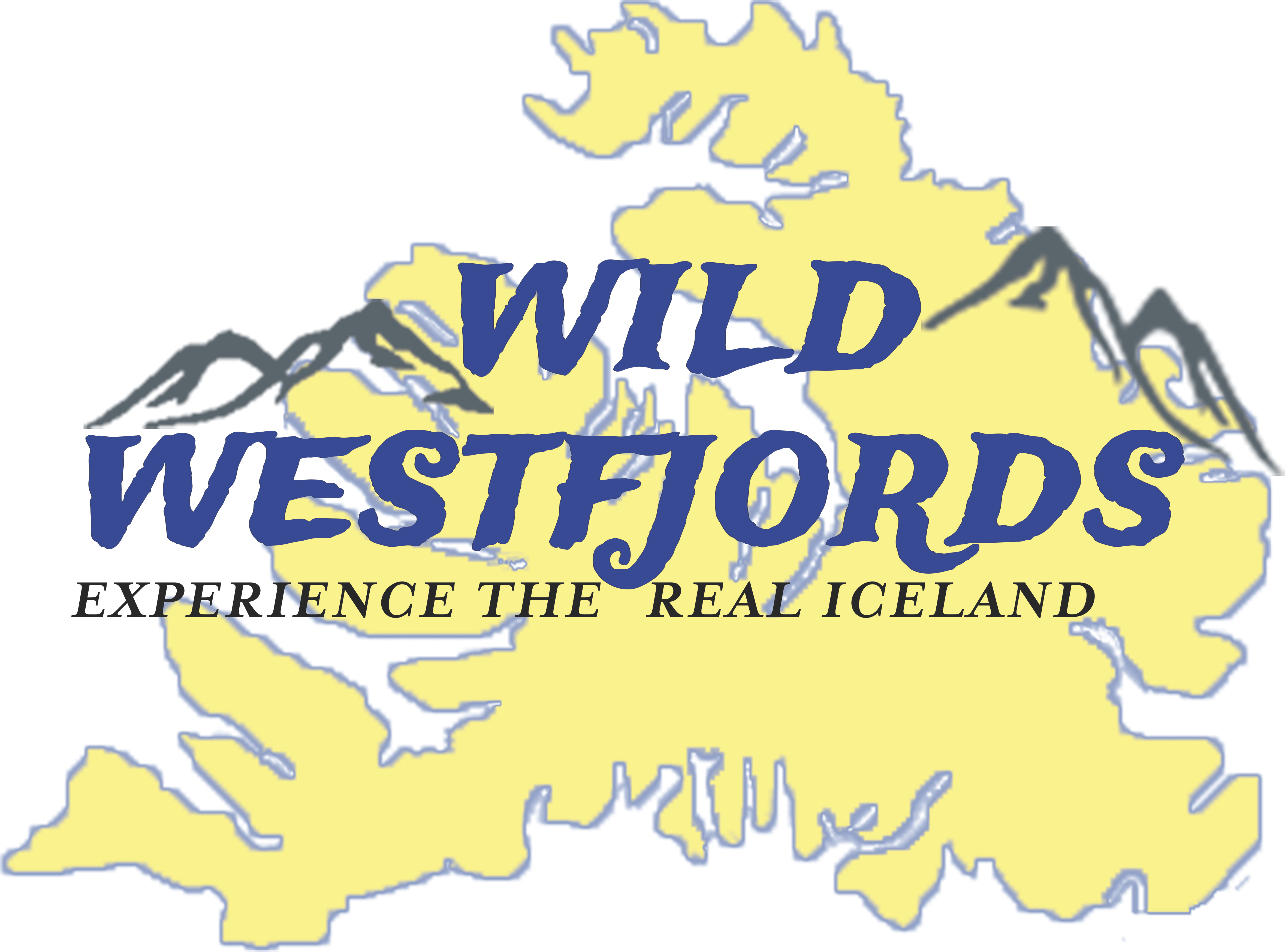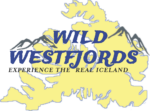The gorgeous Icelandic landscapes are more than just hiking, biking and swimming: they’re also delicious, if you know where to look.
Grab a bucket or basket to hold your treasures and get set to cook with what you can find in this land so full of edible flowers, fruit, seaweed, mushrooms and seafood. There’s something deeply satisfying about collecting your own ingredients to put into jams, soups, bakes and stews…or just into your mouth.
Before you start, remember the simple rule: don’t take something you don’t know enough about.
Berries
Late summer and autumn is when you will find the countryside resplendent with assorted black, blue and red berries growing wild, organic and sans pesticide. For starters you have crowberries (krækiber), a juicy blue-black fruit that is bittersweet and very nutritious. Perfect for juice, cakes, muffins, jam and even wine, you’ll find these berries on sunny hillsides nationwide.
Next come the two varieties of blueberries that are strictly speaking bilberries and different to the blueberries in the shops. Tastier and sweeter than the crowberry, blueberries are delicious fresh and served with skyr or cream.
A much rarer find is the Arctic cloudberry, so named because they look puffy like clouds (except that they’re red).
Mussels
Mussels are plentiful on rocky shores all round Iceland. While they are easy to find, you need to find the ones big enough to cook. Besides, considering that beaches can often be covered with seaweed it’s best to take an expert along. It’s also a good idea to read up the local papers for periodic warnings. In 2016, The Icelandic Food Administration had put a stop to all mussel harvesting in Hvalfjörður as the poison called DSP was higher than threshold limit values allowed for. Sometime later the ban was lifted, but it’s always an idea to take a guide along. It is best to harvest far away from towns and other human infrastructure. It is also often considered best to avoid harvesting in May to August, when algae can cause toxicity.
Mushrooms
Like mussels, these too, can be dicey, so take along someone in the know. There are poisonous mushrooms that an give you a bad tummy ache, so do try and read up on the colours and smells of the mushrooms. There are enough books on wild herbs, spices and other ingredients to be found. On the other hand, many are delicious and way better than anything you can buy in the shops. A good rule of thumb is to always identify each mushroom with two books or other reliable sources. If you cannot double-identify, do not eat.
Seaweed or Dulse
Iceland’s wonder food, grows wild and is harvested by hand from the Icelandic waters. Also known as söl, it is fast gaining an excellent reputation as a health product. What’s more, when fried it tastes as delicious as bacon. It also has a rich history. Locals have always traditionally eaten dulse with butter, used it to enhance soups and breads. Today dulse is used add character to sauces and casseroles. For best cooking results, soak it in water for ten minutes and then cook for 5-10 minutes. Dulse can also be used as topping for salad, fish and meat dishes, or toasted for use on sandwiches, popcorn and pizza. All of this, and it’s a fat-free food that is rich in vitamin B6, dietary and soluble fibre, protein, iodine and potassium!
Herbs
These may seem easy to dismiss at first sight, coming as they do under the category of weeds, but don’t let prejudice cloud your vision. Both have great culinary uses.
Sheep’s sorrel is a perennial herb that has a slender and reddish upright stem that is branched at the top with arrow-shaped leaves. It grows in lawns and grassy areas all over Iceland and is an excellent garnish, and a curdling agent for milk in cheese making.
As for dandelions, these cheery yellow flowers grow like wildfire in spring. There’s a delicious recipe for dandelion coffee conjured up by the celebrated raw food chef Solla Eiríksdóttir that you could try. Made of dandelion root, the latte is flavoured with vanilla and almond. Dandelions are also made into flavoured sugar syrup, and the leaves are great in salad.
Also known as mother of thyme, this is a plant easy to spot thanks to its pink-purple appearance and distinct aroma. It is used as a tea and to give flavour in cooking. Creeping thymes are widespread across Europe, but this particular strain may only be found in Iceland, Greenland and the Faroes. Even if you don’t eat it, be sure to sniff it. Heaven!
There are hundreds of other aromatic and medicinal herbs in Iceland and we’d be delighted to set you up with a herbologist guide, or recommend a good book on the topic.

